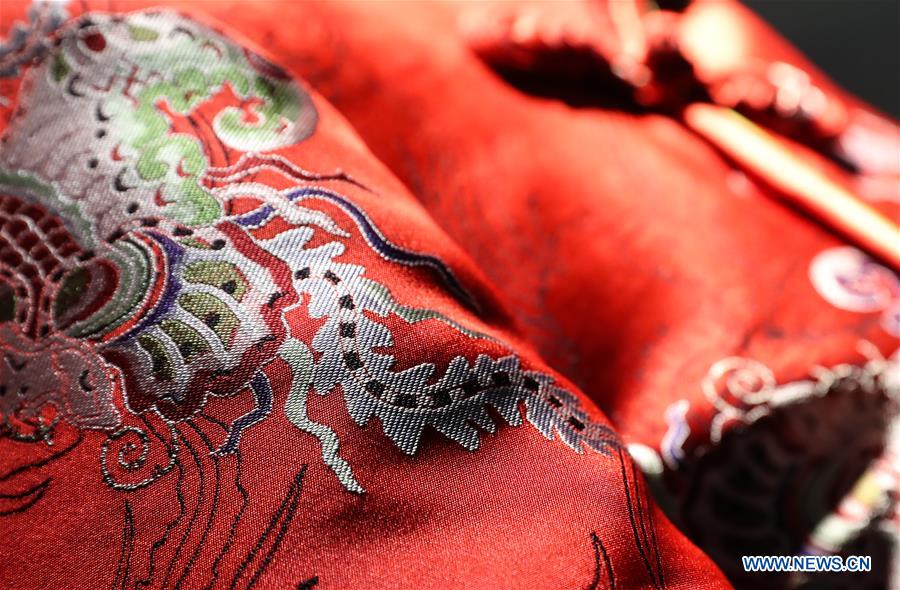
A miniaturized sensor mounted on a tooth. (Photo/SilkLab, Tufts University)
A new miniaturized sensor, mounted on a tooth and communicating wirelessly with a mobile device, can transmit information on what you have eaten, a research to be published soon in the journal Advanced Materials has shown.
Researchers from the Tufts University School of Engineering developed a sensor with a mere 2 millimeter multiply 2 millimeter footprint that can flexibly conform and bond to the irregular surface of a tooth, detecting glucose, salt and alcohol intake.
The sensors can transmit their data wirelessly in response to an incoming radiofrequency signal, according to researchers.
The sensors are made up of three sandwiched layers: a central "bioresponsive" layer that absorbs the nutrient or other chemicals to be detected, and outer layers consisting of two square-shaped gold rings.
Together, the three layers act like a tiny antenna, collecting and transmitting waves in the radiofrequency spectrum.
If the central layer takes on salt, or ethanol, its electrical properties will shift, causing the sensor to absorb and transmit a different spectrum of radiofrequency waves, with varying intensity. That is how nutrients and other analytes can be detected and measured.
Future adaptations of these sensors could enable the detection and recording of a wide range of nutrients, chemicals and physiological states.
"In theory we can modify the bioresponsive layer in these sensors to target other chemicals," said Fiorenzo Omenetto, the corresponding author and professor of Engineering at Tufts.
"We have extended common RFID (radiofrequency ID) technology to a sensor package that can dynamically read and transmit information on its environment, whether it is affixed to a tooth, to skin, or any other surface," Omenetto added.


















































